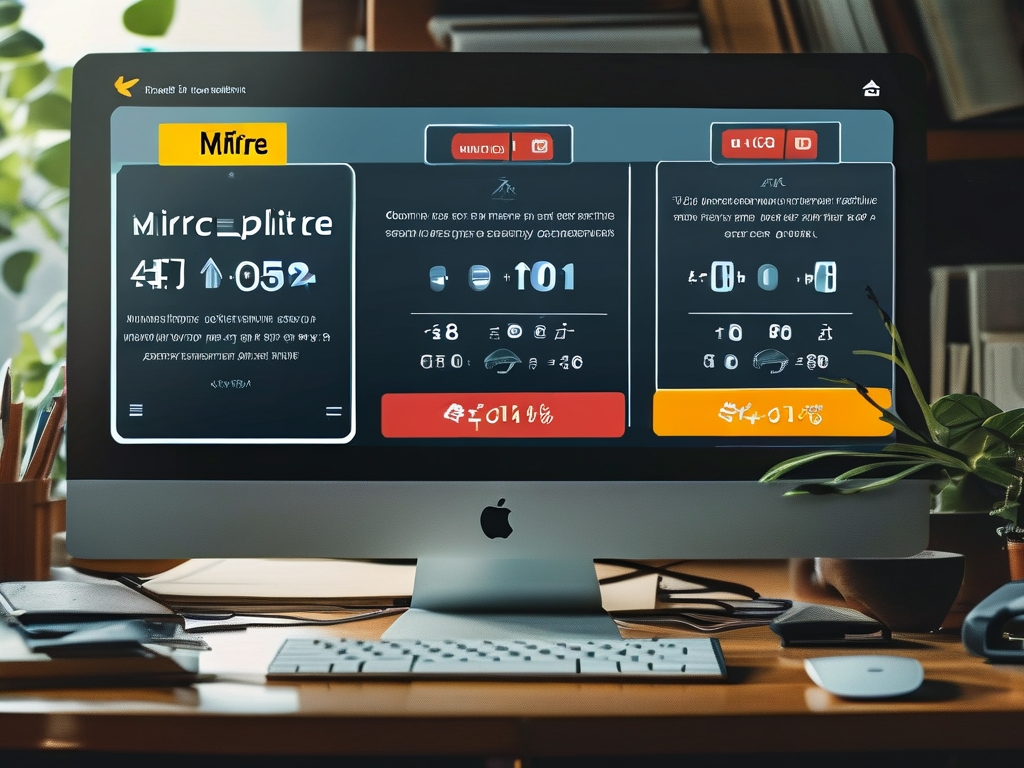In the rapidly evolving field of machine learning, selecting appropriate scoring algorithms is crucial for assessing model effectiveness. These metrics not only quantify performance but also guide iterative improvements. This article explores widely adopted scoring methods, their mathematical foundations, and practical implementation considerations.

Foundations of Model Evaluation
Scoring algorithms serve as objective measures to validate predictive models. Classification tasks commonly use accuracy, precision, recall, and F1-score. Accuracy calculates the ratio of correct predictions to total samples, while precision measures true positives against all positive predictions. Recall evaluates model sensitivity to actual positive cases, and the F1-score harmonizes precision and recall into a single metric.
For imbalanced datasets, the Receiver Operating Characteristic (ROC) curve and Area Under Curve (AUC) provide robust evaluation. The ROC curve plots true positive rates against false positive rates at various thresholds, with AUC representing overall separability. A value of 0.9 indicates excellent classification capability, while 0.5 suggests random guessing.
Regression-Specific Metrics
Continuous outcome prediction employs distinct metrics. Mean Absolute Error (MAE) averages absolute differences between predictions and actual values, offering intuitive interpretation. Mean Squared Error (MSE) penalizes larger errors quadratically, though it lacks native unit alignment with target variables. R-squared (R²) measures explained variance, ranging from negative infinity to 1, where 1 indicates perfect fit.
Custom Metrics for Specialized Scenarios
Domain-specific applications often require tailored metrics. Recommendation systems utilize precision@k and normalized discounted cumulative gain (NDCG). Fraud detection models prioritize recall to minimize false negatives, while medical diagnostics might emphasize specificity to avoid misdiagnosis.
Implementation Considerations
Python's scikit-learn library provides standardized implementations:
from sklearn.metrics import precision_score, roc_auc_score
# Classification example
y_true = [0, 1, 1, 0]
y_pred = [0, 1, 0, 0]
print(f"Precision: {precision_score(y_true, y_pred)}")
# Probability-based evaluation
y_probs = [0.3, 0.7, 0.6, 0.4]
print(f"AUC: {roc_auc_score(y_true, y_probs)}")
Metric Selection Strategy
Choosing appropriate metrics requires understanding business objectives. Customer churn prediction might prioritize recall to capture potential attritions, while credit scoring systems emphasize precision to avoid false approvals. Multi-metric evaluation often provides comprehensive insights, though prioritization remains essential.
Pitfalls and Mitigations
Overfitting to validation metrics remains a critical challenge. Techniques like cross-validation and temporal holdouts help maintain generalization. Metric paradoxes occasionally occur, such as accuracy improvement coinciding with AUC degradation, necessitating multidimensional analysis.
Emerging Trends
Recent developments include probabilistic scoring approaches like Brier scores and calibration metrics. Reinforcement learning introduces dynamic evaluation frameworks where metrics evolve with environmental interactions.
Mastery of scoring algorithms enables data scientists to make informed model decisions. While foundational metrics provide essential performance snapshots, contextual adaptation and multi-perspective evaluation ultimately drive successful ML deployments. Future advancements will likely integrate domain knowledge more deeply into evaluation paradigms, bridging the gap between statistical measures and real-world impact.


